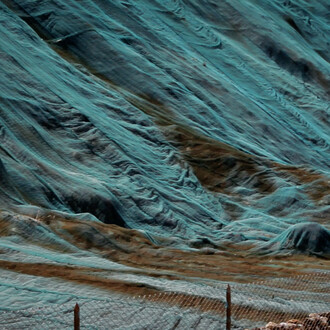Many years before they were commissioned by Harvard University to make the Glass Flowers, father and son artists Leopold and Rudolf Blaschka meticulously shaped glass into lifelike models of marine and terrestrial animals. Renowned for their beauty and exacting detail, the Blaschka invertebrate models were commissioned by universities and museums throughout world during the nineteenth century.
In May 2014, the museum opened a permanent display of 60 models from the Museum of Comparative Zoology’s collection of 430 Blaschka invertebrate models. Delicate jellyfish and anemones, octopus, tentacled squid, bizarre-looking sea slugs or nudibranchs, and other soft-bodied sea creatures captured in glass are a sparkling testament to the Blaschka legacy.
The exhibit is the culmination of the Museum of Comparative Zoology's near completion of an eight-year project to curate, clean, and repair all of its 430 invertebrate models. Together with Harvard’s Ware Collection of Glass Models of Plants, with over 3,200 specimens on display, these restored glass animals now comprise the largest Blaschka collection on display in the world.
















